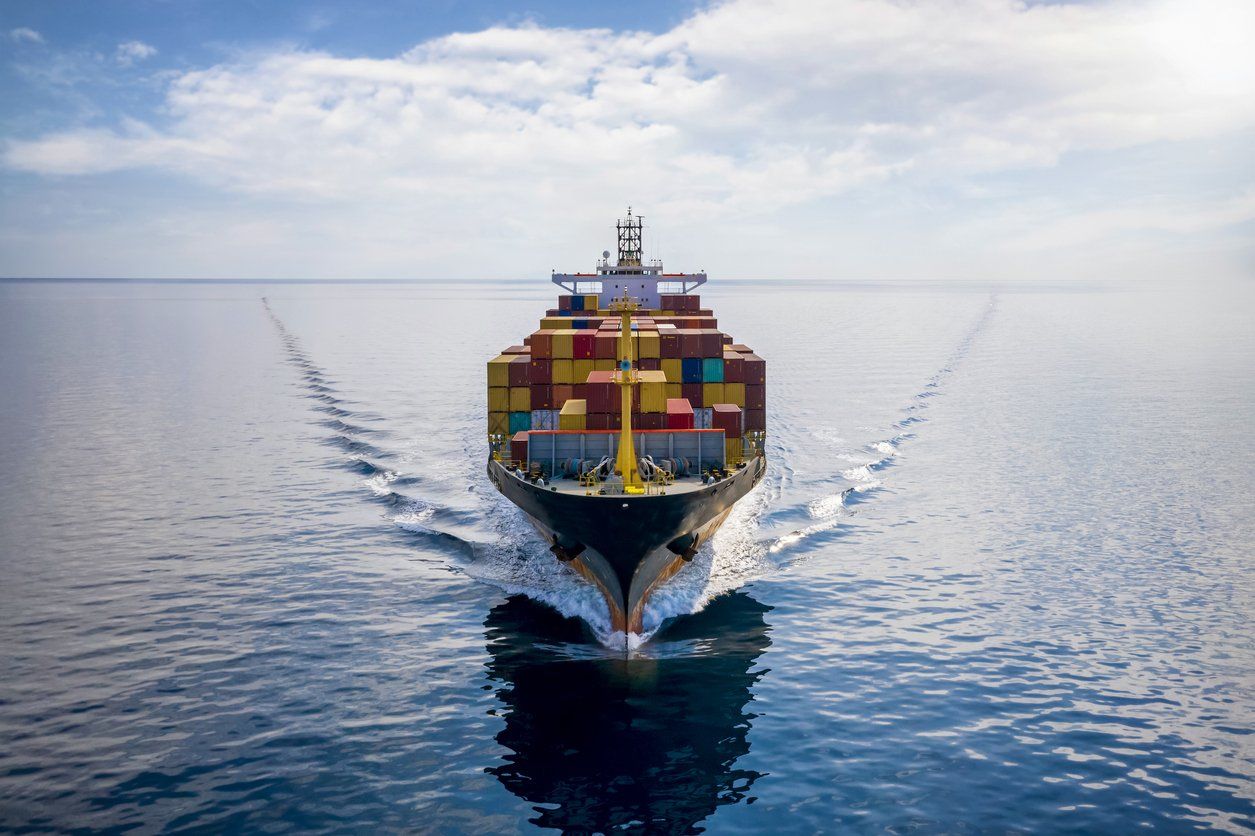
Avoiding demurrage costs is a constant challenge for companies involved in import operations. Delays in returning containers can result in significant financial penalties, directly impacting business profitability.
Understanding the mechanisms to avoid demurrage costs not only ensures more effective management of resources, but also paves the way for opportunities to optimize and save money in logistics processes.
By adopting a strategic approach from the beginning of the supply chain, companies can minimize the risks and maximize the benefits associated with international cargo transportation.
How to avoid demurrage costs
Avoiding demurrage payments is essential to optimizing logistics costs and ensuring the efficiency of import operations. To do so, it is necessary to adopt a well-planned strategy that encompasses everything from contracting international freight to precise control of delivery times.
Below, we will explore how to avoid demurrage costs, highlighting the importance of negotiation, obtaining maximum free time, contractual clarity and the use of technology.
Well planned strategy
A well-planned strategy is the first step to avoiding demurrage costs. This involves a careful analysis of the contractual conditions, deadlines and costs associated with cargo transportation. By defining a clear and comprehensive strategy, it is possible to anticipate potential problems and implement preventive measures to avoid delays and fines.
Hiring international freight
Choosing the right provider for international transportation is a crucial aspect of avoiding demurrage costs. When selecting the right transportation service provider, it is important to consider not only the cost of freight, but also the terms and conditions related to demurrage.
Choosing a provider that offers a more generous free time period can help you avoid additional charges for delays in returning the container.
Negotiation
Negotiation plays a key role in securing favorable terms to avoid demurrage costs. During contract negotiations, it is important to seek clarity and flexibility in terms related to demurrage and other additional charges.
Successful negotiation can result in more advantageous terms that minimize the risk of extra costs.
Get the most out of free time
Seeking to obtain maximum free time is essential to prevent setbacks resulting in delays in returning the container and consequently paying demurrage. Free time refers to the period of time granted to the importer to use the container without additional costs.
By maximizing free time, companies have greater room for maneuver to carry out loading and unloading operations within the stipulated time, thus reducing the risk of delays and fines.
Clarity of contract is essential
Clarity is essential to avoid demurrage costs. All terms and conditions related to demurrage must be known and agreed upon before shipment takes place.
A clear and detailed understanding helps to avoid misunderstandings and unpleasant surprises during the cargo transportation process.
Precise control
Keeping accurate track of delivery times is essential to avoid demurrage costs. Companies must establish effective monitoring and time management systems to ensure that all stages of the transportation process are completed on time.
This includes tracking the progress of the shipment, managing documents and ensuring efficient coordination between all parties involved in the transaction.
Use of technology
The use of technology is a powerful tool in preventing demurrage costs. Tracking, monitoring and deadline management tools can help companies maintain precise control over shipping operations and avoid unnecessary delays.
By investing in efficient technology solutions, companies can minimize the risk of exceeding the stipulated period and, consequently, avoid additional demurrage charges.
Incoterms and the relationship with demurrage costs
Incoterms, international trade terms, play a crucial role in defining the responsibilities and obligations between buyer and seller during the transportation of goods.
By understanding and correctly applying the relevant Incoterms to each commercial transaction, companies can establish clarity on who is responsible for the costs and risks associated with transportation, including demurrage costs.
A proper choice of Incoterms can help avoid disputes and ambiguities about container release times, thus limiting delays and demurrage penalties. Therefore, familiarizing yourself with Incoterms and their practical application is essential to ensure efficient and cost-effective management of import and export operations.
Did you like our content so far? Also read our material on the importance of Incoterms in international freight quotations.
Continue a navegar no blog da Allink

Mantenha-se informado sobre o comércio exterior
Assine nossa newsletter e receba atualizações semanais de forma gratuita sobre o mundo da logística.




